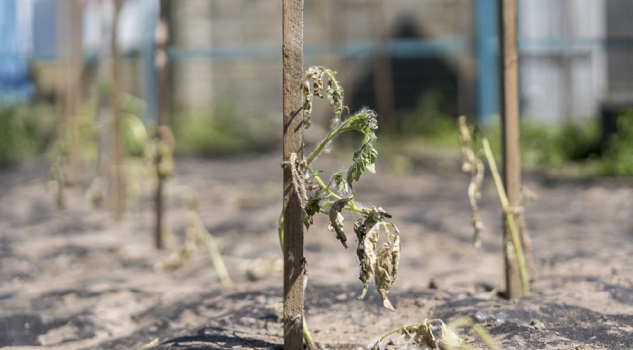Concerns over farm and business loans and the way water will be made available for growing fodder have been raised in the wake of the government’s drought plan.
The Morrison government is facing questions over two key elements of its drought plan – a revamped loan scheme and making water available from the Murray system to grow fodder.
The drought package also includes interest-free farming loans, and loans of up to $500,000 for small businesses dependent on agriculture.
Pastoralists’ Association of West Darling vice president Lachlan Gall said some farmers would be reluctant to take on more debt.
“We just don’t know how long the drought is going to go,” he told AAP.
It takes up to nine months to receive a cheque from growing a crop, one year to turn a profit from sheep, and 18 months for cattle.
“When the drought breaks it rains out of the sky but it doesn’t rain cash,” Gall said.
Labor agriculture spokesman Joel Fitzgibbon said “rebadged loans” weren’t the answer.
“Farmers don’t want more debt … we wanted a national drought plan,” he told Sky News.
Prime Minister Scott Morrison says the government received feedback from farmers and small business owners that zero interest loans for two years would give them the capital they need to get them through to the next harvest or restock.
Nationals leader Michael McCormack, who visited the town of Hughenden in northwest Queensland on Friday to open an $11 million lake project, said the government was giving rural people “hope” through every element of the $700 million plan.
“Our plan … is a plan of real money, real action, right now,” he told the ABC.
Another pressure point for the government is how the plan to release Murray River water will work.
AAP understands rice and cotton growers will be banned from accessing the new water permits, even if they propose to produce fodder as a by-product.
Up to 6000 farmers will be given access to cheap water originally destined for Adelaide, and it must be used to grow fodder.
A government spokesman told AAP the water could only be used for producing hay, silage or pasture, and not crops such as rice or cotton, which could also produce a fodder by-product.
The deal will cost the federal government almost $100 million and will be reviewed in April next year.
The Commonwealth will help South Australia turn on a desalination plant in return for the additional flows, to service people living in the state’s capital city.
The National Farmers’ Federation is hoping for more detail on how the water will be allocated and managed.
The National Irrigators Council said it was disappointing the permits – which will be $100 per megalitre – leave out the horticulture sector.
Labor’s Terri Butler is calling for the release of the feasibility study into the desalination plant,which was due to be released in March.
The government will also redirect $200 million from the Building Better Regions Fund to support drought-stricken communities, and pump an extra $138.9 million into road projects.
Each of the 122 drought-affected councils and shires along the east coast will be given an extra $1 million, if they need it.
At least six new shires and councils will also be offered $1 million.
Schools and childcare providers hard hit by drought will be given a total of $15 million.















